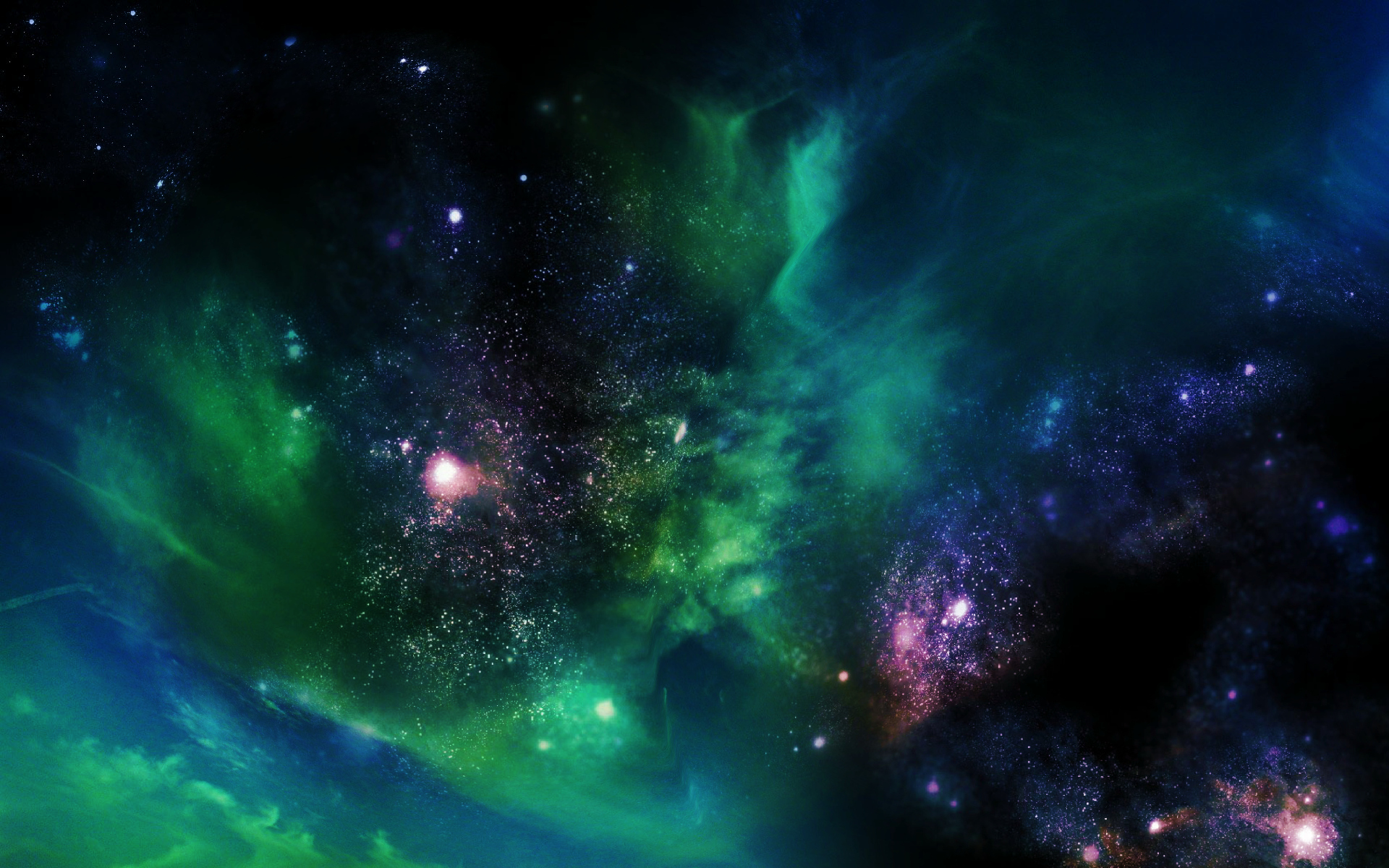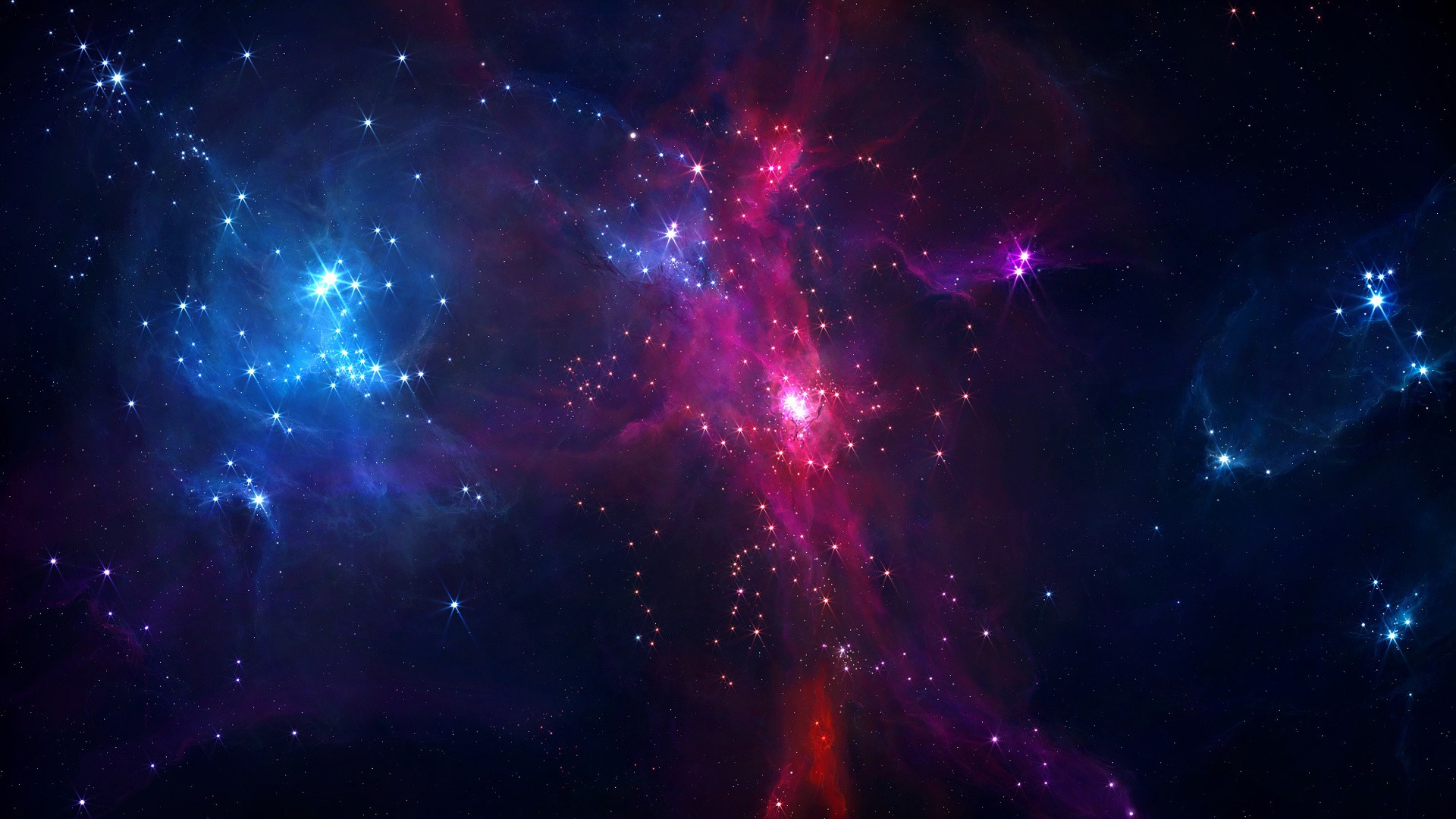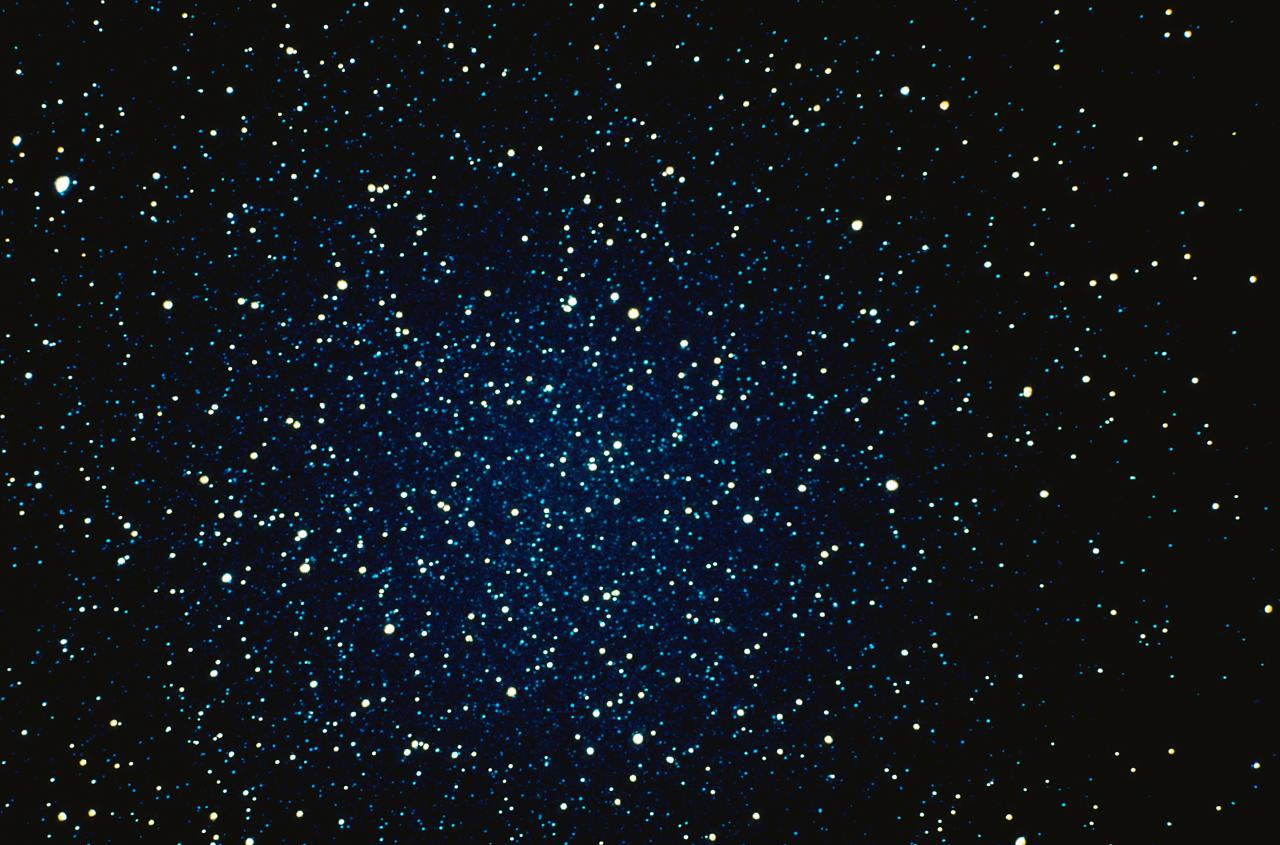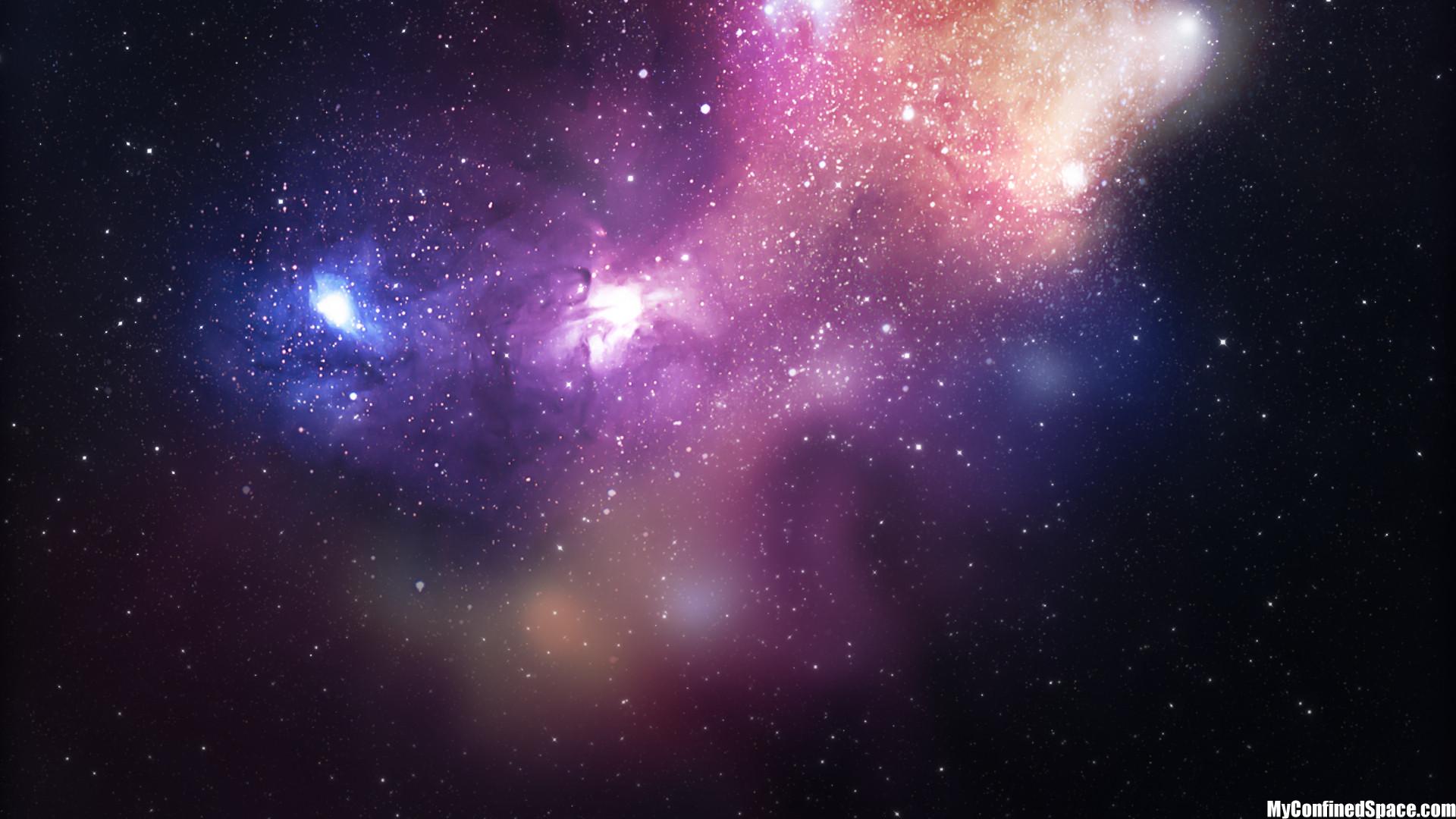
In this NASA/ESA Hubble Space Telescope cosmic snapshot, the spectacularly symmetrical wings of Hen 2-437 show up in a magnificent icy blue hue. Hen 2-437 is a planetary nebula, one of around 3000 such objects known to reside within the Milky Way.

New Hubble telescope observations suggest that a high-velocity gas cloud was launched from the outer regions of our own galaxy around 70 million years ago. Now, the cloud is on a return collision course and is expected to plow into the Milky Way's disk in about 30 million years.

Are there Earth-like planets in a neighboring star system? A new campaign called “Pale Red Dot” aims to show the public in real-time how to push astronomy to its limits to possibly find out.

Formed in the first 4 billion years of the universe, cluster is 1,000 times more massive than the Milky Way.

NASA has obtained its best ever images of a supermassive black hole and the mysterious ring that feeds the galactic gobbler.

The Eagle Nebula and the Star Queen nebula can be seen in this annotated view.

If our Galaxy truly contains many intelligent civilizations, some of which may be ahead of us by a billion years, how is it possible that we have not seen any sign of them yet? Nobody knows the answer to this so-called "Fermi Paradox," but..

Spectacular new Hubble Space Telescope images reveal 250 previously unknown galaxies that formed just 600 million years after the Big Bang.

Spectacular new Hubble Space Telescope images reveal 250 previously unknown galaxies that formed just 600 million years after the Big Bang.

In January 2002, astronomers discovered a massive explosion coming from V838 Monocerotis. They initially thought they were witnessing a supernova, but after the initial flash of light began to dim (as expected), it began to brighten again in infrared wavelengths at the beginning of March. After that brightening faded, another one happened in April.

NASA's Hubble Space Telescope has looked deep into the distant universe and detected the feeble glow of a star that exploded more than 9 billion years ago. The sighting is the first finding of an ambitious survey that will help astronomers place better constraints on the nature of dark energy, the mysterious repulsive force that is causing the universe to fly apart ever faster.

Check out Hubble Logs Millionth Observation: Photos